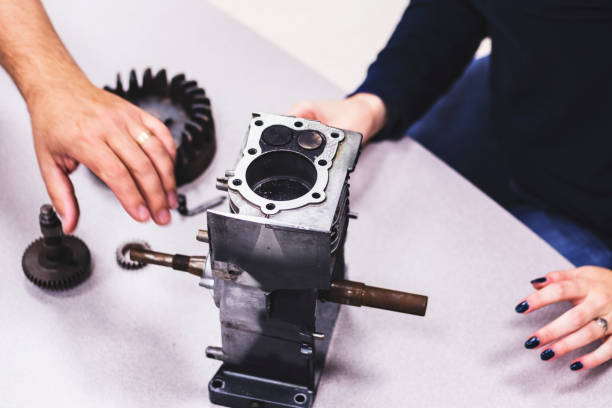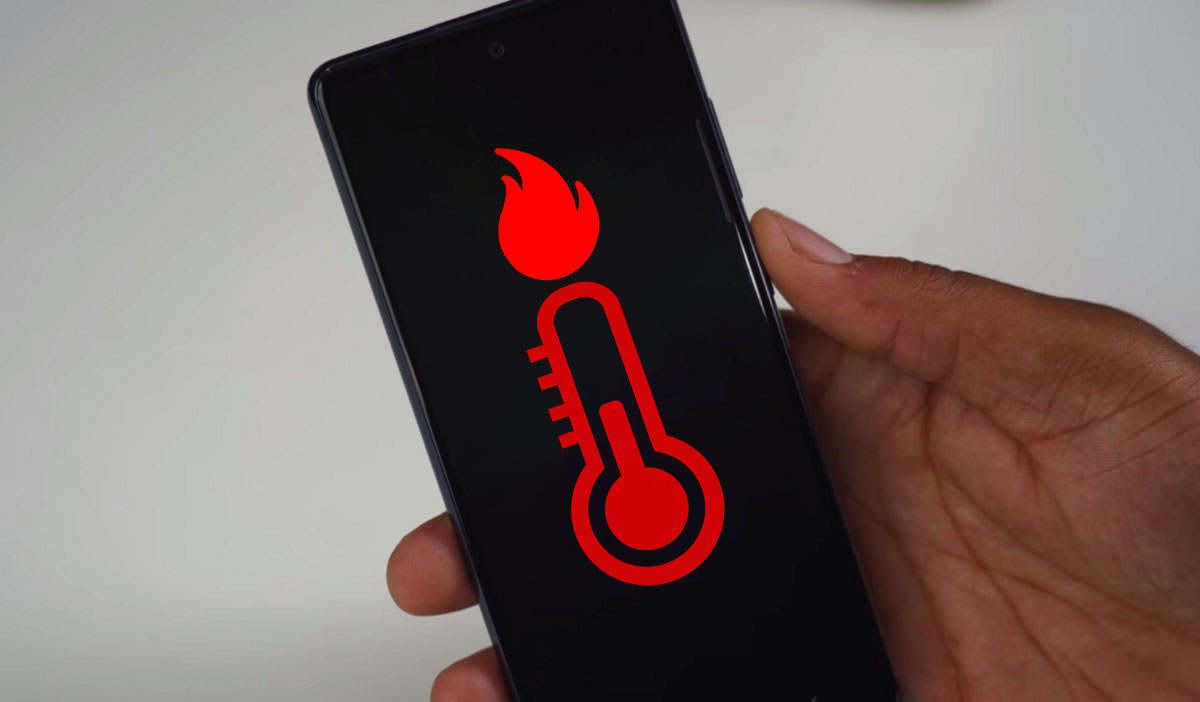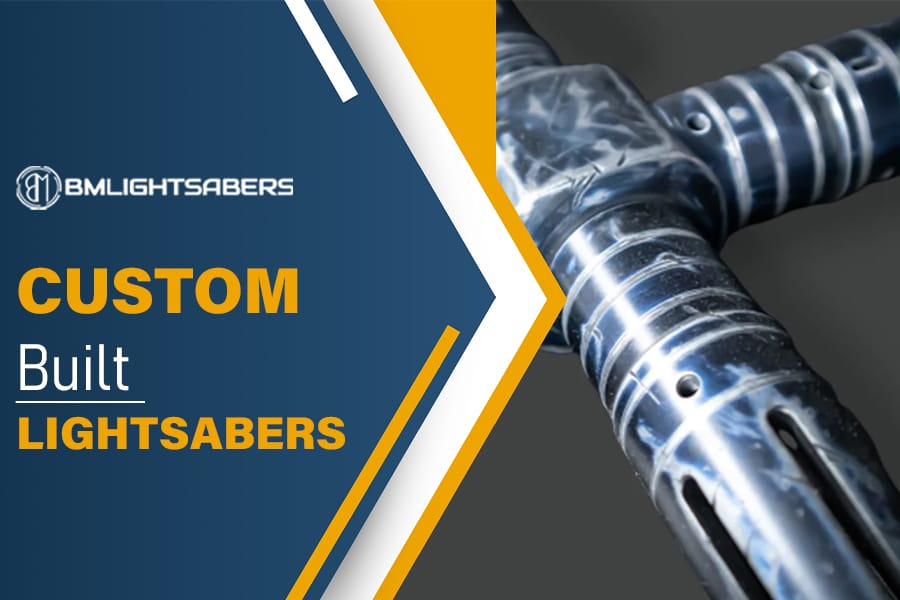Introduction
Car enthusiasts often find joy in maintaining and upgrading their vehicles, and one task that may come their way is alternator replacement. While this might sound like a daunting task, with the right knowledge and tools, a DIY alternator replacement can be a rewarding experience. In this guide, we’ll explore essential tips and tricks for car enthusiasts looking to tackle the alternator replacement process on their own.
Understanding the Alternator
The Role of the Alternator
Before diving into the replacement process, it’s crucial to understand the alternator’s role in your vehicle. The alternator is responsible for generating electrical power to charge the battery and supply electricity to various components when the engine is running. Recognizing its importance helps enthusiasts appreciate the significance of a well-functioning alternator.
Signs of Alternator Issues
Car enthusiasts should be attuned to signs of alternator problems. Dimming headlights, warning lights on the dashboard, strange noises, or difficulty starting the vehicle can indicate potential alternator issues. Click here to view detailed signs of a bad alternator. Regular checks and awareness of these signs empower enthusiasts to address problems proactively.
Gathering Tools and Materials
Essential Tools
A successful DIY alternator replacement starts with the right tools. Enthusiasts should gather a wrench set, a belt tensioner tool, a socket set, a multimeter for testing, and, of course, the replacement alternator. It’s crucial to consult the vehicle’s service manual for any specific tools required.
Selecting the Replacement Alternator
Choosing the right replacement alternator is key. Enthusiasts should ensure compatibility with their vehicle’s make, model, and engine specifications. Cross-referencing the part number and consulting automotive experts can help in making an informed decision.
Step-by-Step Replacement Process
Safety First
Safety is paramount in any DIY automotive project. Enthusiasts should disconnect the vehicle’s battery to prevent electrical hazards. Wearing appropriate safety gear, such as gloves and safety glasses, is essential. If uncertain or uncomfortable, seeking professional assistance is always a viable option.
Removing the Old Alternator
- Disconnect the Battery: Start by disconnecting the negative terminal of the battery to ensure safety.
- Locate the Alternator: Identify the alternator’s location in the engine bay. Refer to the service manual if needed.
- Remove the Serpentine Belt: Loosen the tension on the serpentine belt using the belt tensioner tool and slide the belt off the alternator pulley.
- Disconnect Wiring: Detach the wiring connected to the alternator, including electrical connectors and cables.
- Remove Mounting Bolts: Use the appropriate tools to remove the mounting bolts securing the alternator in place.
- Extract the Old Alternator: Carefully take out the old alternator, noting the position of any shims or spacers.
Installing the New Alternator
- Positioning the New Alternator: Place the new alternator in the same position as the old one, ensuring proper alignment.
- Securing with Mounting Bolts: Use the mounting bolts to secure the new alternator in place. Tighten the bolts according to the manufacturer’s specifications.
- Reconnecting Wiring: Attach the electrical connectors and cables to the new alternator, ensuring proper connections.
- Reinstalling the Serpentine Belt: Use the belt tensioner tool to create tension on the serpentine belt and slide it back onto the alternator pulley.
Testing and Calibration
- Reconnect the Battery: Reconnect the negative terminal of the battery, reestablishing the electrical circuit.
- Starting the Vehicle: Start the vehicle and check for any unusual noises or warning lights.
- Multimeter Testing: Use a multimeter to measure the alternator’s output voltage. It should fall within the specified range, typically around 13.8 to 14.2 volts.
Troubleshooting and Tips
Addressing Challenges
DIY projects may encounter challenges, and alternator replacement is no exception. Enthusiasts should be prepared to troubleshoot issues such as difficulties with belt tensioning, alignment problems, or electrical connectivity issues.
Taking Precautions
Enthusiasts should exercise caution during the replacement process, especially when dealing with electrical components. Disconnecting the battery, wearing safety gear, and referring to the service manual are precautions that can contribute to a safe and successful DIY project.
Conclusion
In conclusion, a DIY alternator replacement is a feasible task for car enthusiasts with the right tools, knowledge, and precautions. Understanding the alternator’s role, recognizing signs of issues, and following a systematic replacement process are essential elements of a successful project.
Car enthusiasts can take pride in maintaining their vehicles and enjoying the benefits of a well-functioning alternator, all achieved through a hands-on approach to automotive care. Of course, one of the most concerning issues when replacing an alternator is the replacement price, and Unitechmotor will give you the most comprehensive price.




